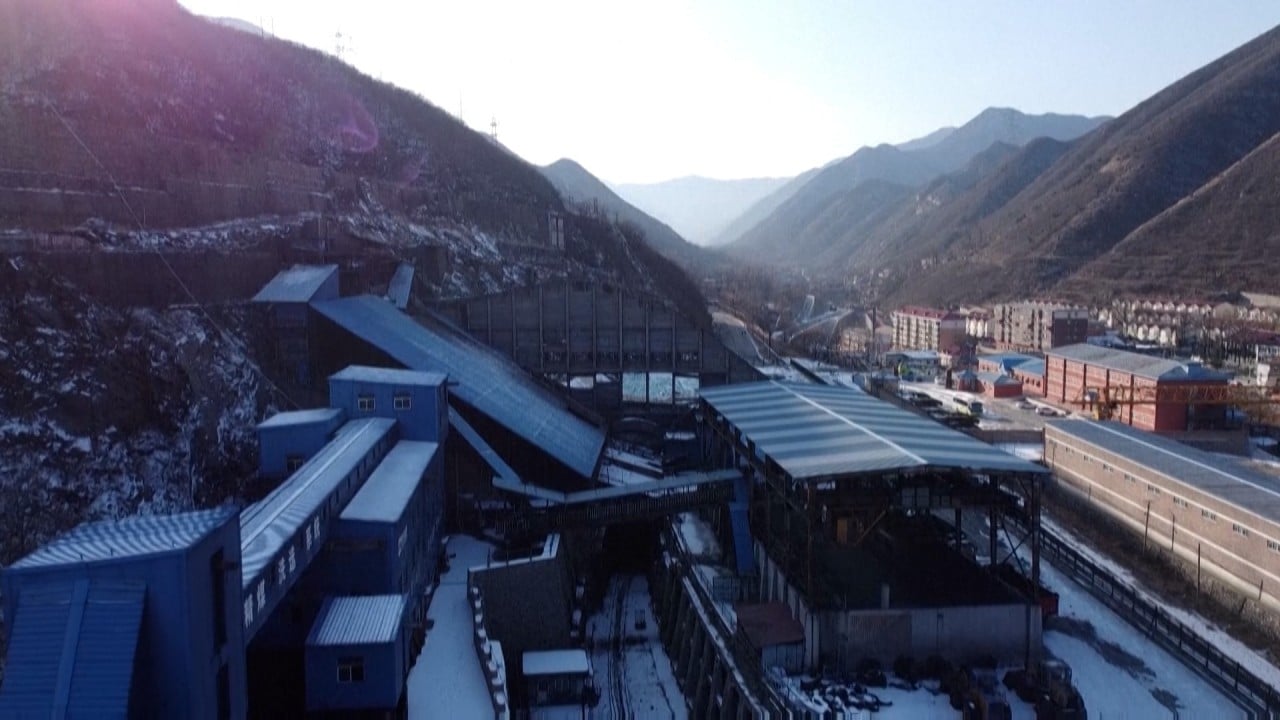China wants to be carbon neutral by 2060, but can its provinces manage it?
- Ensuring carbon emissions peak before 2030, as is promised, may prove difficult for some provinces, not least where the economy relies on coal
- Some provincial-level authorities have taken steps towards the government’s goals, while others’ actions have been slow or vague

Some eastern provinces have laid out clear climate and energy targets and included specific projects, but less developed provinces – where emissions look set to increase – were far less forthcoming.
“There is an urgent need for [the less developed] provinces to have at least milestones for diversifying their economies,” said Lauri Myllyvirta, lead analyst at the Helsinki-based Centre for Research on Energy and Clean Air.

02:06
Chinese cash funds African coal plants despite environmental concerns
“It might seem now that peaking emissions later will be much easier, but if those provinces keep adding fossil fuel infrastructure and pursuing a carbon-intensive growth model until late in the decade, that will only make the eventual emission reductions harder and lead to a lot of wasted investment.”
